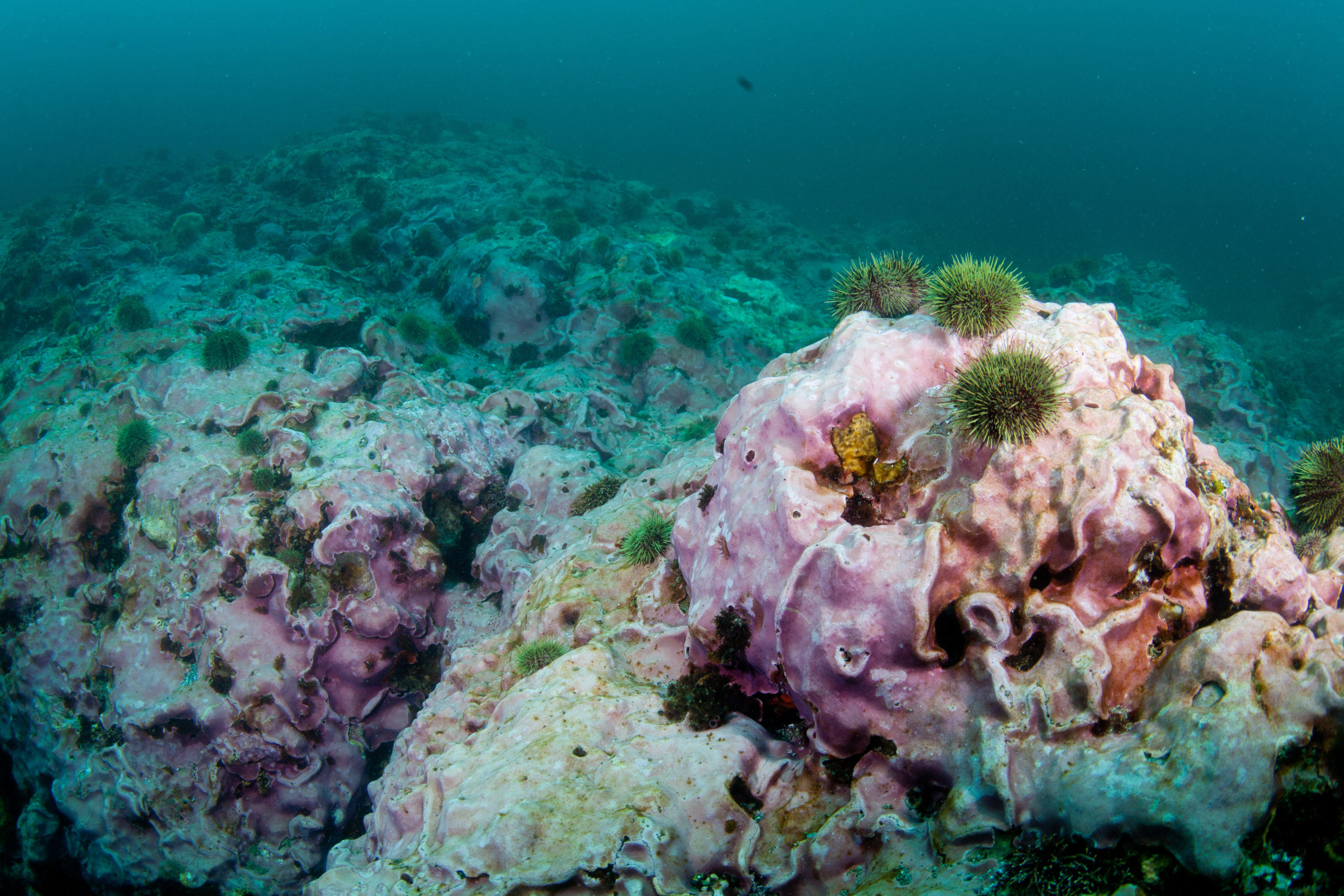In the Aleutians, climate change and ocean acidification impacts add to legacies of past exploitation
Centuries of human impacts could make it harder for Southern Bering Sea ecosystems to adapt to climate change.
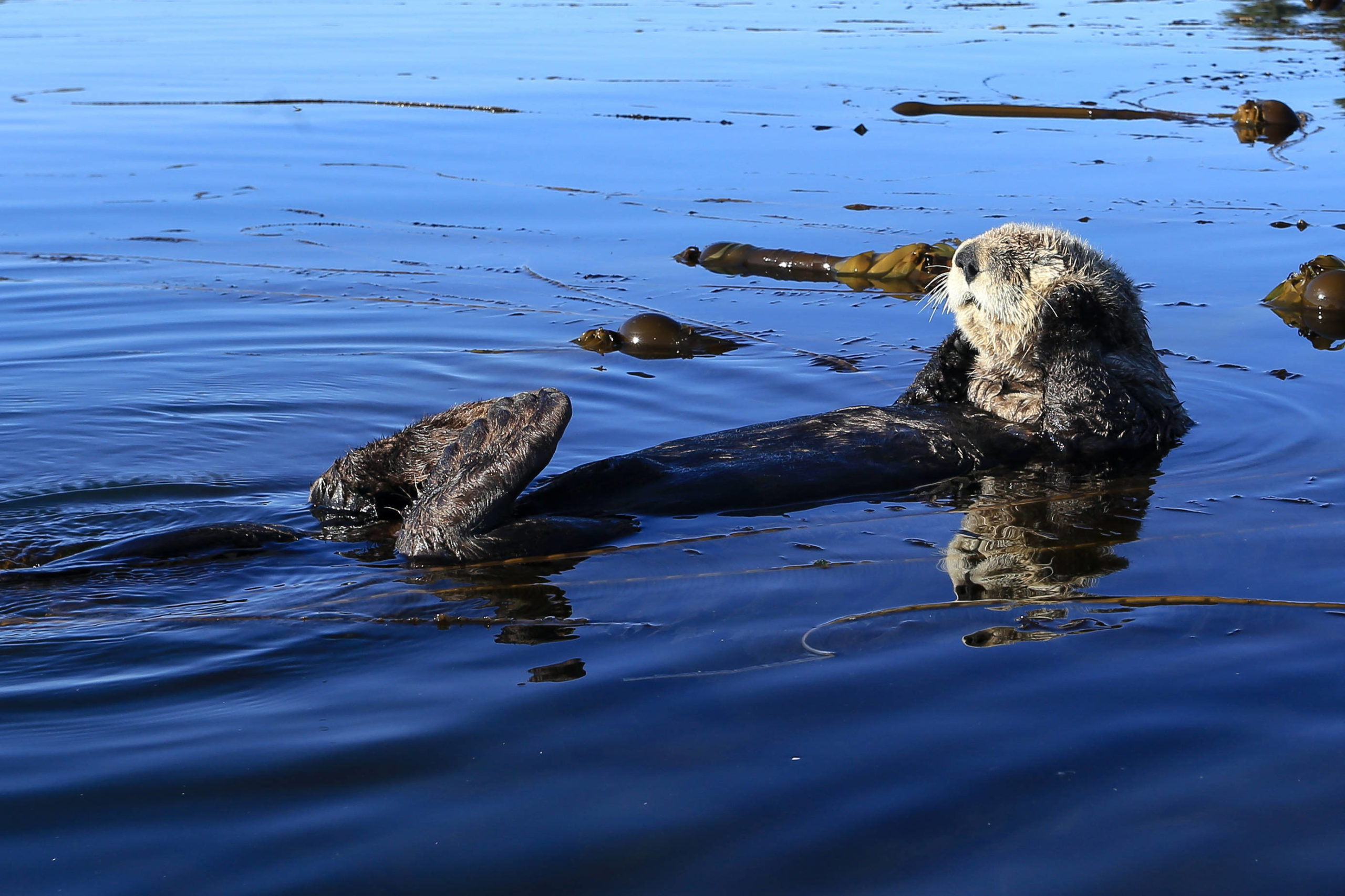
The Bering Sea region, the Pacific gateway to the Arctic Ocean, is home to ecosystems on land and in the ocean that are both abundant and fragile. It’s also changing very quickly — and those changes offer a preview of the changes in store for other parts of the Arctic. This story is part of an ArcticToday series on the changing Bering Sea — and what those transformations mean for fish, wildlife and people.
In the waters around the Aleutian Islands, the 1,200-mile chain that arcs across the southern edge of the Bering Sea from Alaska to Kamchatka, modern climate change has layered atop a centuries-old legacy of human assaults to send combined impacts cascading through the marine ecosystem.
Evidence is in the once-colorful corals that have nurtured schools of fish supporting some of the world’s largest commercial seafood harvests. Under the clear waters is a pale world that signals a habitat in a tailspin.
The pale-pink scene shows the slow death of cold-water coral reefs that used to be buffered by the kelp, said Doug Rasher, a marine ecologist with the Maine-based Bigelow Laboratory for Ocean Science. “We’re passing the tipping point where these reefs have persisted and been able to survive,” said Rasher, who led a study of the coral ecosystem’s downward spiral.
The reefs are dying because they are being attacked by an exploding population of sea urchins. Having mowed down the surrounding kelp forest, the urchins are consuming the algae that the reefs produce to build their structures. The urchin population is booming because the sea otters that used to eat them have disappeared.
Climate change also weakens the corals. Warmer waters make the urchins grow faster, requiring them to eat more. Rasher’s study examined the algae’s microscopic growth layers and found that urchin foraging increased by up to 60 percent since preindustrial times.
Adding to the assault is ocean acidification, to which the Bering Sea is especially vulnerable. The shallow Bering, with its relatively cold waters, abundant sea life and wide seasonal fluctuations, is naturally primed to hold carbon. And carbon emitted by fossil-fuel burning is absorbed from the atmosphere into the water, lowering pH levels and threatening calcium-building life forms — not just the coral reefs, but shellfish such as crabs, as well the tiny creatures such as pteropods that make up the diet of fish like salmon.
The corals’ demise is happening just as information about them and their place in the ecosystem is emerging. The first exploration of Bering Sea corals and associated sponges was conducted in 2002, and new species are still being discovered.
“Just as we’ve realized how widespread the reefs are and how important they are, they’re disappearing before our eyes,” Rasher said. “They’re changing before we even get to know them.”
The stakes go beyond otters, kelp and corals.
Warming and acidification threaten the Bering Sea’s multibillion-dollar fishing industry. From pricey king crab to cheap fish patties used in fast-food sandwiches, the Bering Sea provides about half the nation’s commercially harvested seafood. It depends on the sustainable management of the ecosystem.
If the kelp and corals disappear, said Brenda Konar, a University of Alaska Fairbanks marine biologist and co-author of Rasher’s study, the fish that use them as nursery habitat will move away. So will fishermen, she said: “They’re going to go where the fish are.”
Historic assaults leave long-lasting impacts
For most of the two centuries that followed the first European contact, human exploitation of the Bering Sea was largely unregulated and anything but sustainable. The legacy of over-exploitation lingers.
Commercial hunts that targeted sea otters for their luxurious pelts nearly wiped them out from Alaska entirely. The slaughter started with the first Russian exploration of Alaska, led by Vitus Bering in 1741 and 1742.
“Not even the most loving human mother engages in the same kind of playing with her children, and they love their children in such a way that they expose themselves to the obvious danger of death. When the young are taken from them, they cry aloud like a little child and grieve in such a way, as we discovered several times, that within ten to fourteen days they dry up like a skeleton, become sick and weak, and do not want to leave the land,” German naturalist Georg Steller, who was part of the expedition, wrote in his account of the voyage.
By the start of the 20th century, Alaska’s sea otter population was down to no more than 2,000 animals. After a 1911 treaty largely banned the commercial hunt, the population gradually recovered. One site of the rebound was the kelp-rich area around the Aleutian island of Amchitka.
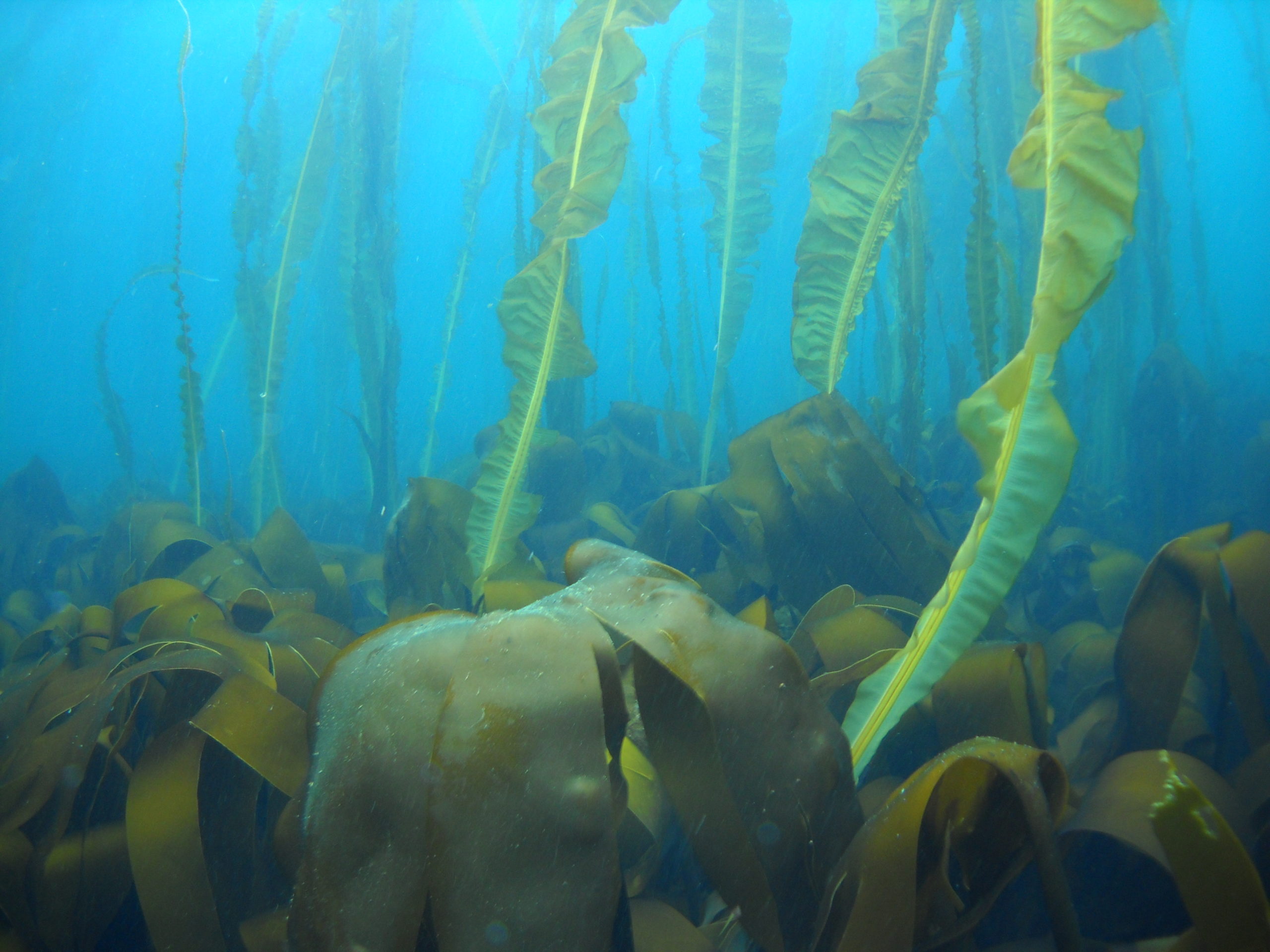
Otters there suffered another assault, however, from nuclear bomb tests conducted in the late 1960s and early 1970s. The last of those three tests, the 1971 Cannikin denotation, killed an estimated 800 to 1,200 of them, according to a government environmental review.
Those tests drew widespread condemnation.
“The whole experiment was a gamble with nature. How many more Amchitkas before the gambler and the victim are one?” the New York Times editorialized at the time.
Two decades later, another disaster began to unfold for Aleutian sea otters. In the western part of the chain, numbers dropped nearly 90 percent from 1990 to the early 2000s — a contrast with the healthier populations of eastern Alaska.
The otter collapse that led to the urchin population explosion was likely caused by killer whale predation. And that predation, Konar said, was likely set in motion by long-ago commercial hunts that emptied the seas of the large fatty whales that had been killer whales’ preferred prey. Killer whales moved from large whales to sea lions to fur seals to harbor seals “and then they finally switched over to sea otters,” which are the some of their smallest prey and “the least caloric item that they could eat,” she said.
Unbridled human exploration of the past took tolls on other Bering Sea species.
The manatee-like Steller’s sea cow, which Bering’s crew slaughtered for meat, was extinct within three decades of the expedition’s arrival. Today, all that remains of the Steller’s sea cows are bones. A full skeleton hangs in the Smithsonian Institution in Washington, D.C.
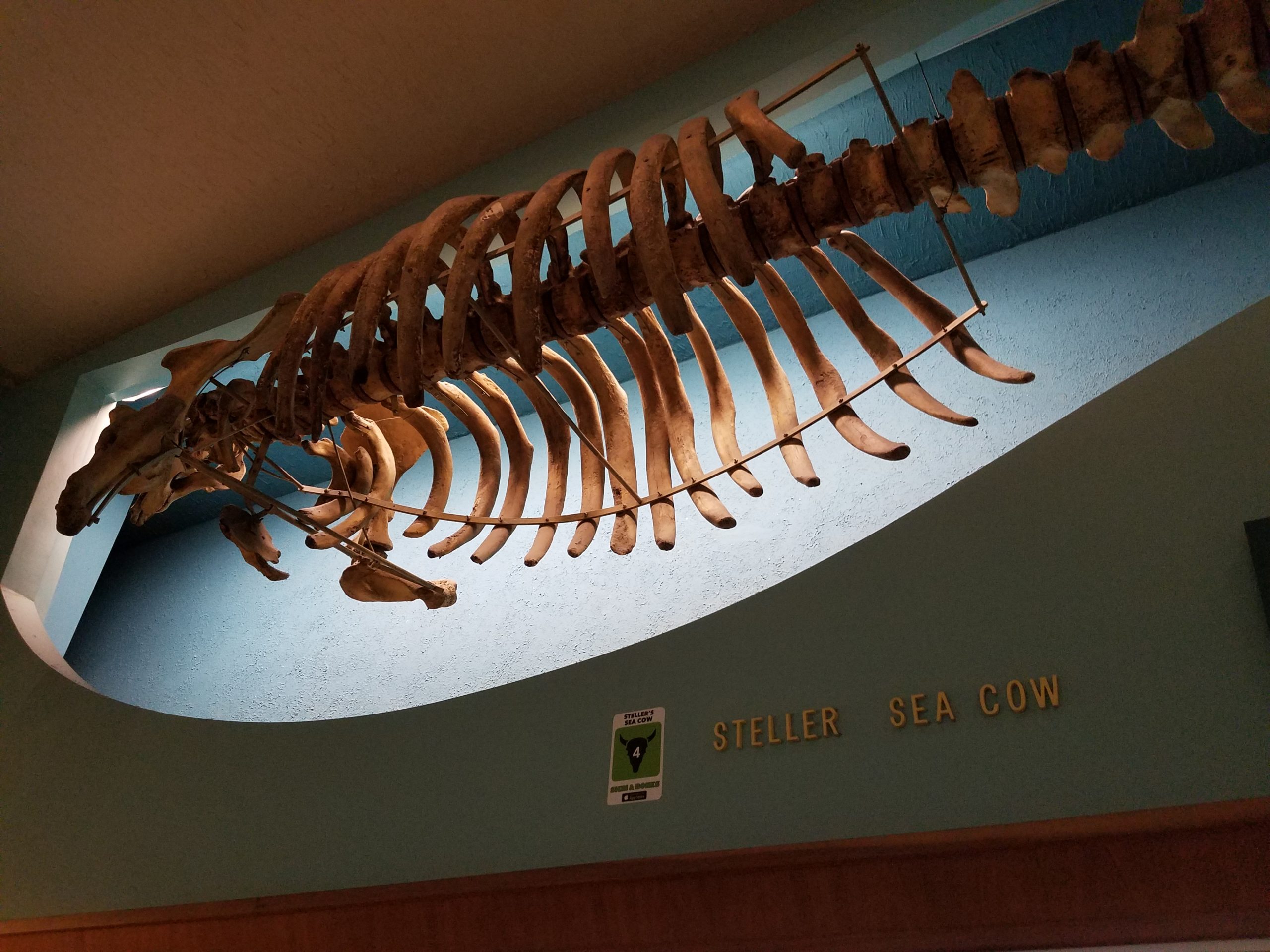
The “wonderful creatures” were easy to kill, Steller wrote. They “have indeed an extraordinary love for one another, which extends so far that when one of them was cut into, all of the others were intent on rescuing it and keeping it from being pulled ashore,” he wrote in his journal. “We observed that a male two days in a row came to its dead female on the shore and inquired about its condition. Nevertheless, they remained constantly in one spot, no matter how many of them were wounded or killed.”
Driven nearly to extinction by commercial hunts were the Bering Sea’s right whales — so named because of their slow swimming, high body fat and tendency to float when harpooned made them the “right whales” to kill. Today the eastern North Pacific Right Whale population numbers only about 30; they are among the world’s rarest marine animals.
Northern fur seals, like otters, were targeted by the industrial-scale commercial hunts. Troubles have continued for the eastern Pacific fur seals, two-thirds of which congregate at the Pribilof Islands in the eastern Bering Sea. The population has declined by more than 50 percent since the 1950s and remains depleted.
The western Alaska population of Steller sea lions crashed in a similar way and has been listed as endangered since 1997. While sea lions in other parts of Alaska have recovered or shown signs of recovery, the Aleutian population continues to decline and remains in dire straits, according to the most recent survey by the National Oceanic and Atmospheric Administration.
The Aleutian harbor seal population crashed, too. From the 1970s to the 1990s, about 85 percent of the population in the western Aleutians and 66 percent in the central Aleutians was lost. There has been no recovery. A new NOAA study found that harbor seals still in the Aleutians are skinnier, indicating that recent marine heatwaves added new problems for the population.
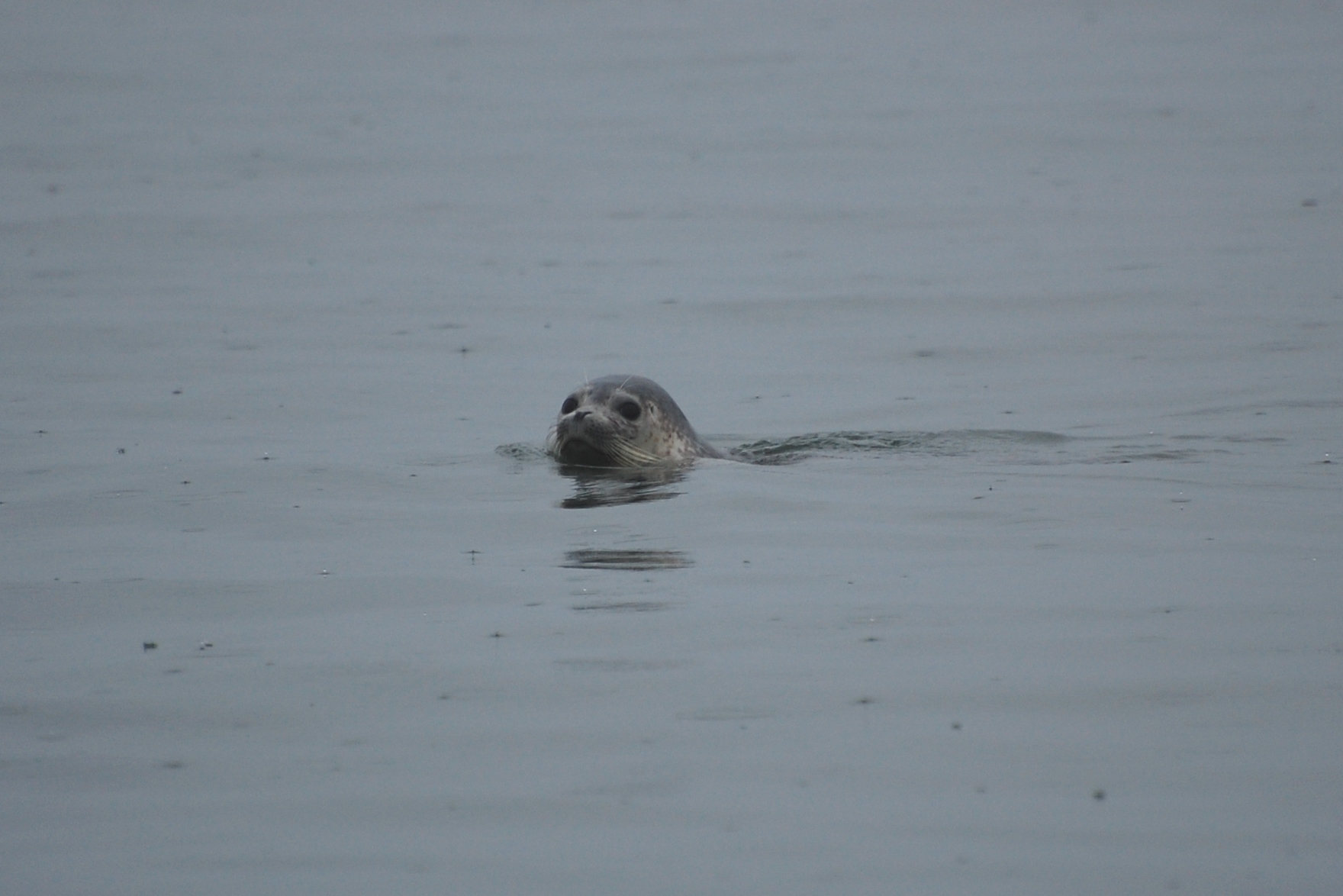
Warming exacerbates another ecosystem problem set in motion by past human activities: the presence of invasive species, which dates back centuries in the Aleutians.
In the past, the non-native species brought to the region were terrestrial. Some were imported long ago for commercial purposes but later became nuisances: plant-trampling caribou and bird-killing foxes, for example. The most ecologically dangerous invasive species was brought accidentally. Rats came to the Aleutians from a Japanese ship that wrecked in the late 1700s. Now entrenched on many Alaska islands, rats have devastated populations of seabirds that lack natural defenses against land predators.
As the Bering warms, invasive marine species hitchhiking on ships are expected to arrive.
Joint research by the University of Alaska Anchorage and three federal agencies identified dozens of invasive marine species that could be headed to the warming Bering. In current conditions, 42 invasive species could find friendly habitat in the Bering Sea, and 29 of those could potentially reproduce, according to the 2017 analysis. Continued warming will expand suitable habitat for those species by 37 to 60 percent, according to the analysis.
The Bering Sea already has its first established marine invader. The Japanese skeleton shrimp – the first non-native crustacean anywhere in Alaska — was discovered in the early 2000s in Unalaska as well as in some Gulf of Alaska sites. That shrimp is considered benign, but other species on the Bering Sea watch list are not. Among the most dreaded is the European green crab, which has advanced as far north as British Columbia and could wipe out mussel beds and out-compete native Dungeness crab, according to the Alaska Department of Fish and Game.
Tribes, agencies, partners work on solutions
Against these challenges, people who live on Bering Sea islands have mounted defenses.
At St. Paul Island in the Pribilofs, the tribal government’s ecological program has kept rats away despite the presence of a port buzzing with fishing and cargo traffic. There was one close call: A male rat that took shelter within the port and hid for 10 months until it was hunted down in 2019. “That was one sneaky rat,” said Aaron Lestenkof, the tribe’s island sentinel.
Other protections focus on the thousands of cargo ships traveling along the North Pacific Great Circle Route between Asia and North America.
At the urging of local, state and national officials and activists, the International Maritime Organization in 2015 designated five sensitive Aleutian sites as “areas to be avoided” by large ships. The designations, aimed at protecting marine life, appear to be effective. Prior to designation, about three-quarters of voyages in the Aleutians passed through the boundaries of those areas; in 2016 and 2017, after the designations went into effect, only 11.8 percent of the voyages did so, according to a newly published analysis.
Another protection is a new “geofencing” system that uses satellite tracking to monitor large vessels and send alerts if they encroach on sensitive or dangerous areas. Alaska’s first geofencing network was set up in 2019 around fur seal haulouts in the Pribilofs. Geofencing has since expanded to more than 20 sites and is protecting areas important to walruses and Steller sea lions.
“They’re almost like a neighborhood watch program,” said Aaron Poe, coordinator of Aleutian and Bering Sea Initiative, the partnership of tribal governments, federal agencies, scientists and industry that has helped deploy the system.
A different Aleutian partnership produced the biggest rat eradication ever conducted in the northern hemisphere. Island Conservancy, the Nature Conservancy and the U.S. Fish and Wildlife Service teamed up to eject rats from the first Alaska site where they gained a toehold, bombarding the island in 2008 with poison-laden bait. Follow-up surveys showed that the rats were gone and nesting birds were back. In 2012, the western Aleutian island long called Rat Island officially regained its Aleut name, Hawadax.
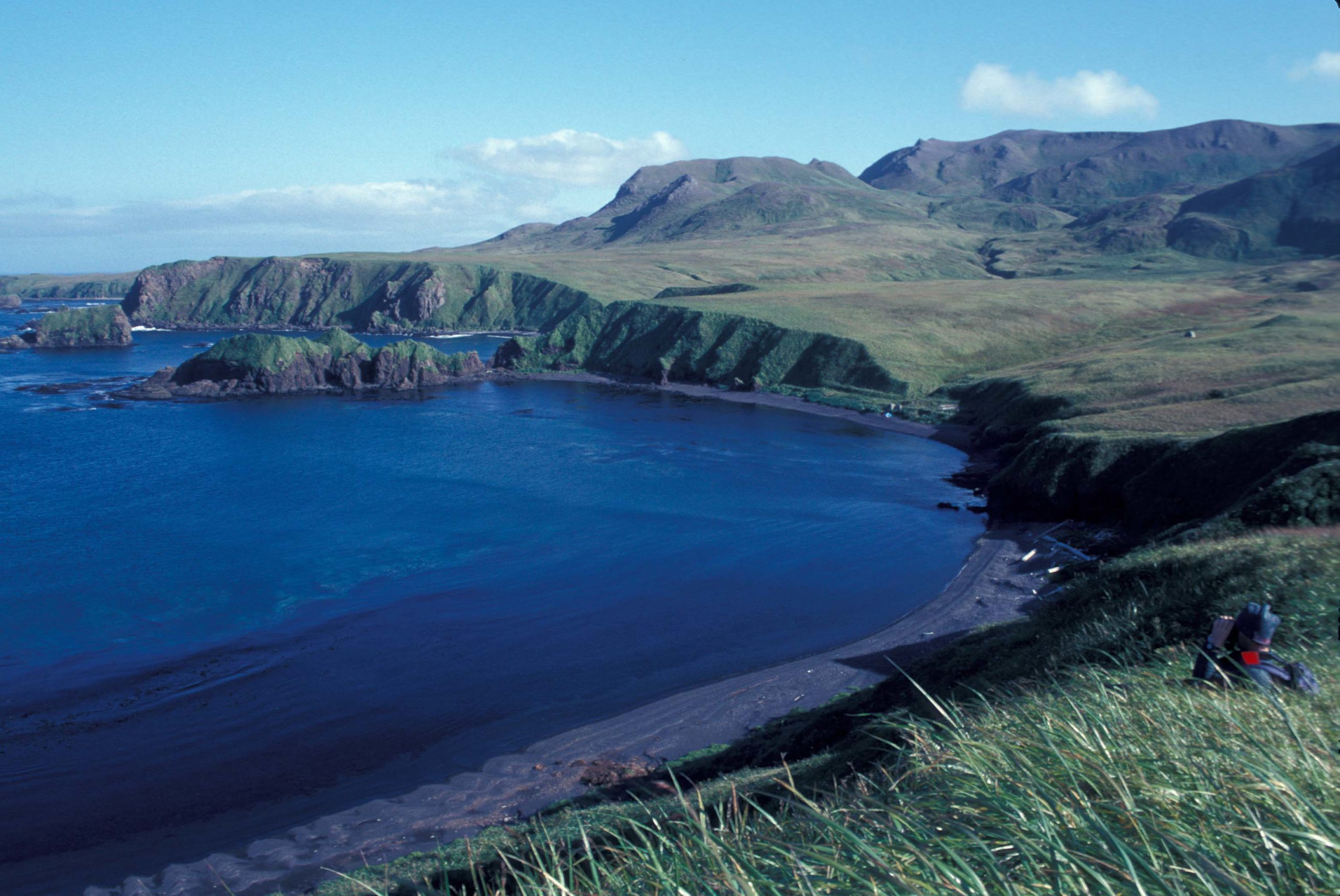
The successes of the shipping safety and anti-invasive measures in the Aleutians raise a question: Could human intervention restore the otter-kelp-coral habitat?
Concerns about coral habitat led the North Pacific Fishery Management Council, the regulator of Bering Sea fisheries, to begin imposing harvest restrictions in the early 2000s. Then, the main worry was seafloor-dragging trawl gear; scientists had found significant coral damage in Aleutians in areas that were heavily trawled.
Ideas for more intensive coral-kelp protections have now been floated. Among them: the establishment of an Aleutian dive fishery to harvest urchins and curb the population, a plan dubbed “urchinomics.” Konar, the AUF biologist, said that though she suggested such a harvest, she’s skeptical about its economic viability in such a remote region. “There’s no marketable place in the Aleutians,” she said. “It’s not like they’re in California.” Even in Kodiak and southeast Alaska, areas much more populated than the Aleutians, dive fisheries are hard to sustain economically, she noted. The southeast Alaska dive fishery is struggling, ironically, because of an abundance of urchin-eating otters, according to state officials.
Another idea is a modern transplant of sea otters, a reprise of mid-20th century efforts that had mixed results. Konar is skeptical about that, too. Unless a transplant program addresses the predation, “you’re just feeding the killer whales,” she said. “It’s not like you can put a ban on the killer whales.”
Ultimately, she believes, the best hope is for sea otters to somehow recover on their own, outpacing the sea’s warming and acidification. If otters return in the future — as they have in the past — they can curb urchin attacks on corals and help re-establish kelp, which would buffer acidification by photosynthesizing and absorbing some of the carbon dioxide in the water.
In short, otters could help the damaged ecosystem heal itself, Konar said.
“I think we have to hope that the sea otters recover before the habitat degrades too much,” she said.
This story was supported by a Western Journalism and Media Fellowship from Stanford University’s Bill Lane Center for the American West.

